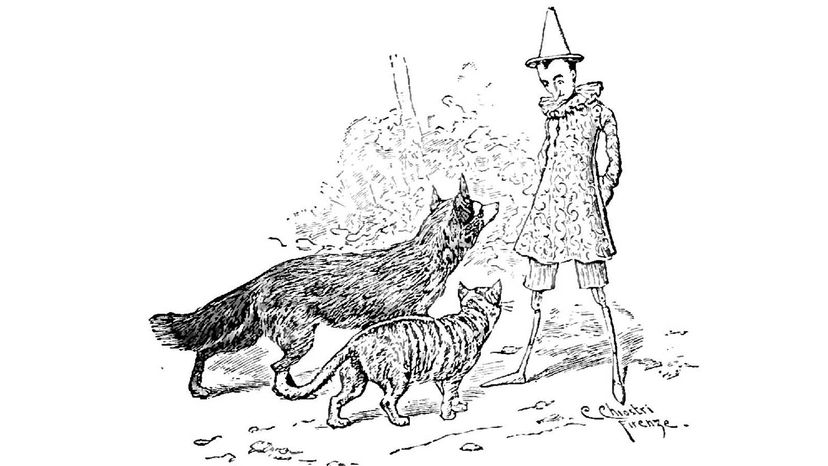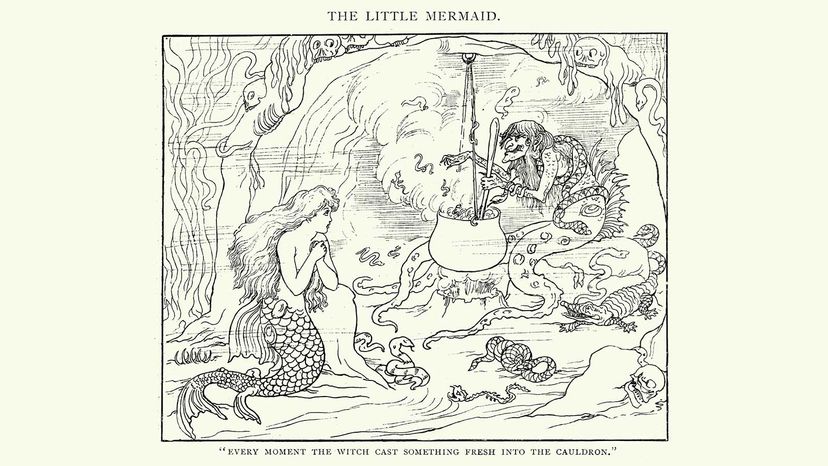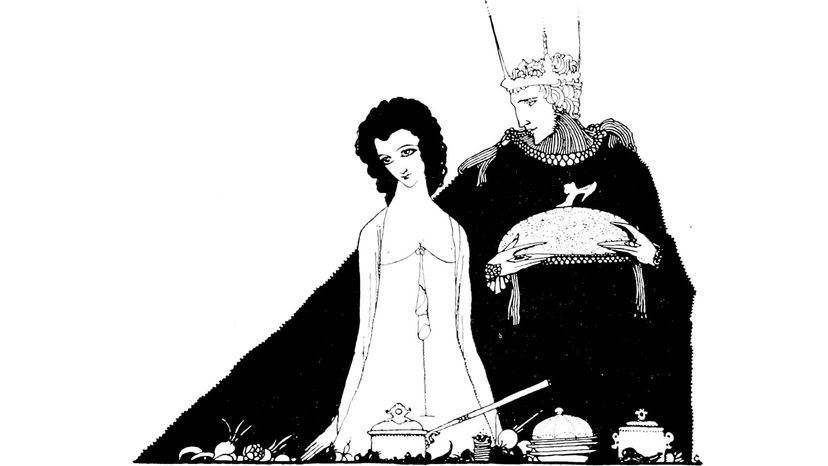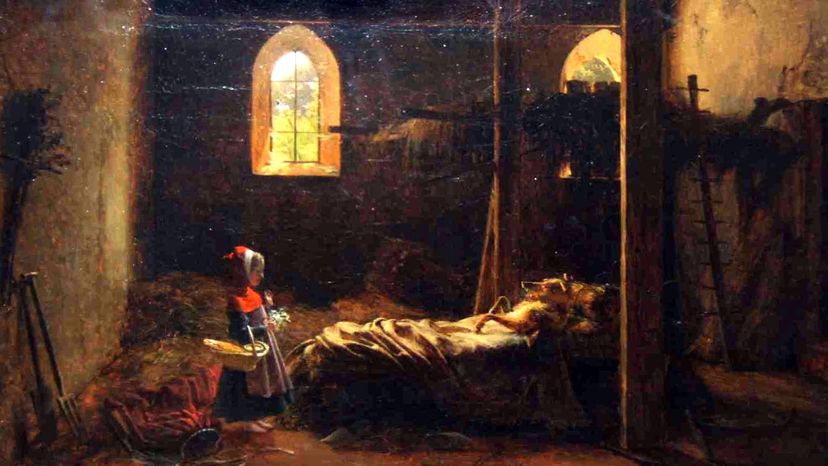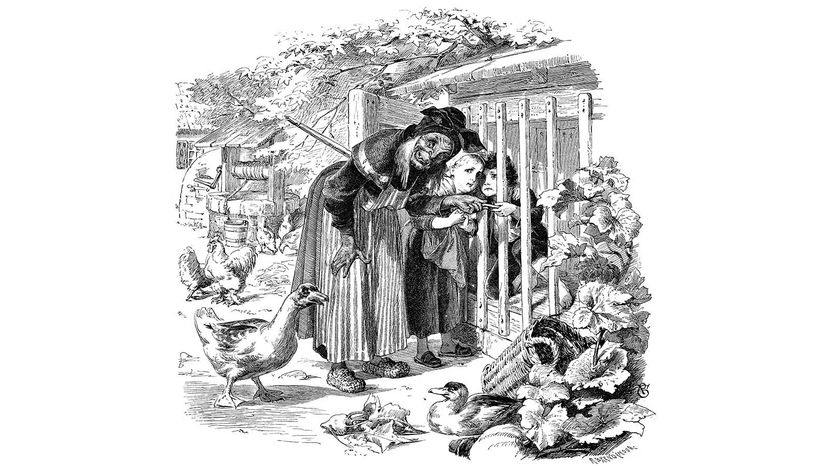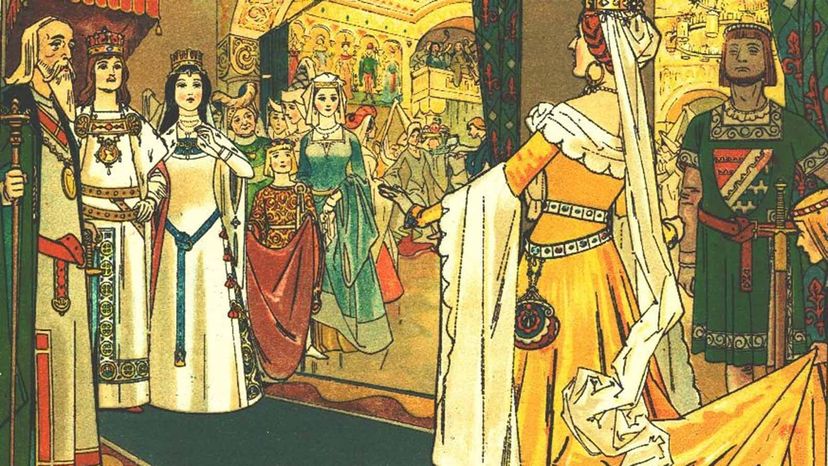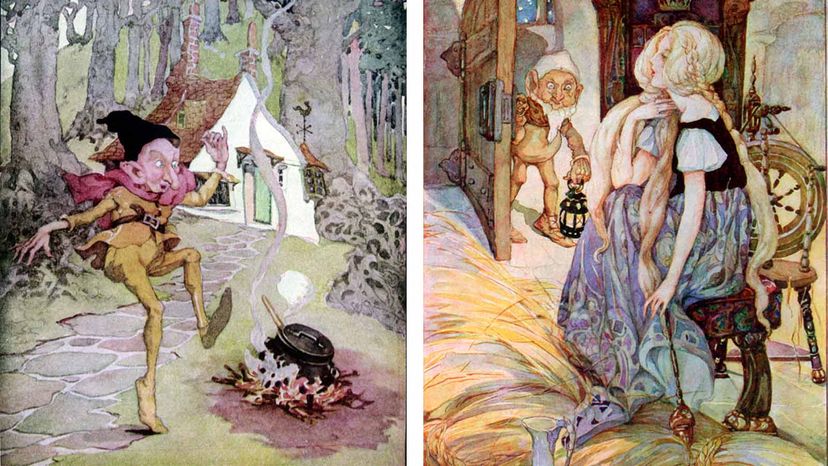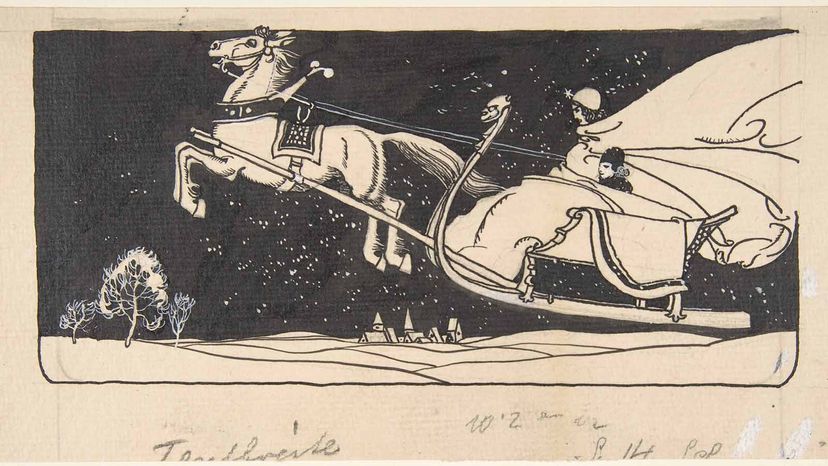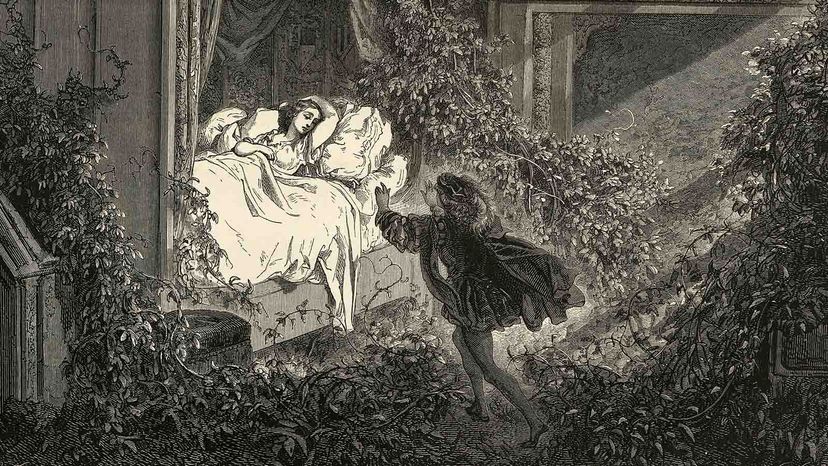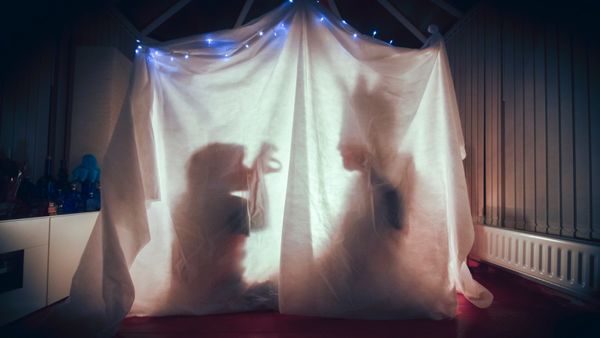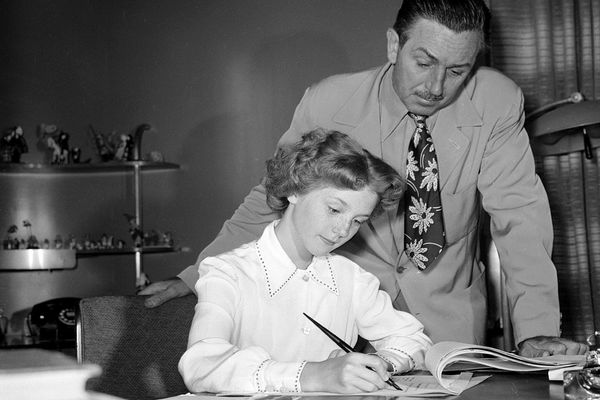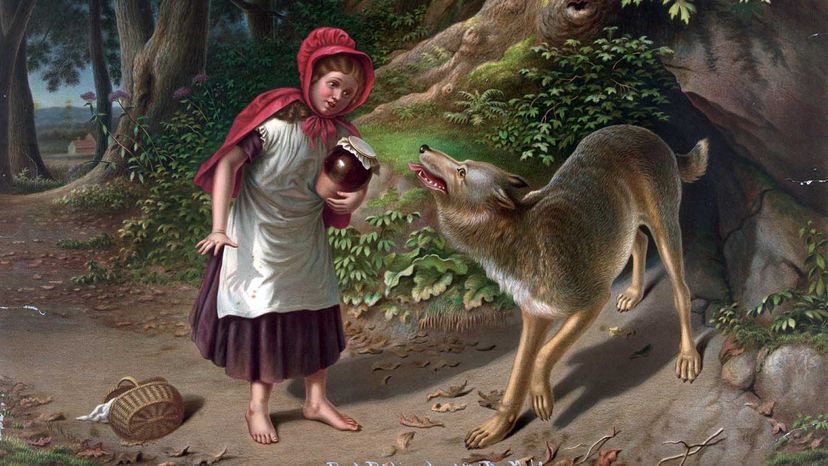
If you grew up watching classic Disney movies such as "Snow White and the Seven Dwarfs" and "Cinderella," or reading the Little Golden Book version of "Pinocchio," you're probably accustomed to thinking of fairy tales as wholesome entertainment for young children.
That's why it may come as a shock to watch "Snow White" again as an adult and realize that it's a bit macabre. For example, when the jealous queen orders the huntsman to kill Snow White, she demands that he bring back the girl's heart in a jewel box as evidence of his violent deed. And that's just the relatively sanitized, Disney-fied version. In the early 19th-century version published by the German brothers Jakob and Wilhelm Grimm, the queen wants to devour Snow White's lungs and liver.
Advertisement
The original versions of most of these fantasy stories are filled with plot twists that belong in a modern slasher film. In part, that's because fairy tales didn't start out as children's stories, but rather as tawdry folktales that grownups told for entertainment after the kids went to bed.
When the Brothers Grimm published their first edition of "Nursery and Household Tales" in two volumes in 1812 and 1815, it was meant for adults [sources: New Yorker, Meslow]. Only after disappointing sales did they decide to tone down the material and make it suitable for kids. The tales mostly came from friends and relatives, which the brothers significantly revised. Many were variations of French fairy tales already written by people like French writer Charles Perrault.
But even after the Brothers Grimm sanitized the tales, they didn't totally eliminate the scary stuff. That's because fairy tales were intended not just to entertain children, but also to educate them about the consequences of evil deeds [source: Evans]. The late psychologist Bruno Bettelheim, for one, argued that the creepy stuff helps children to grow emotionally, by allowing them to grapple with fears that are a part of growing up.
Here are 10 fairy tales that are far more disturbing than you realized as a kid.
